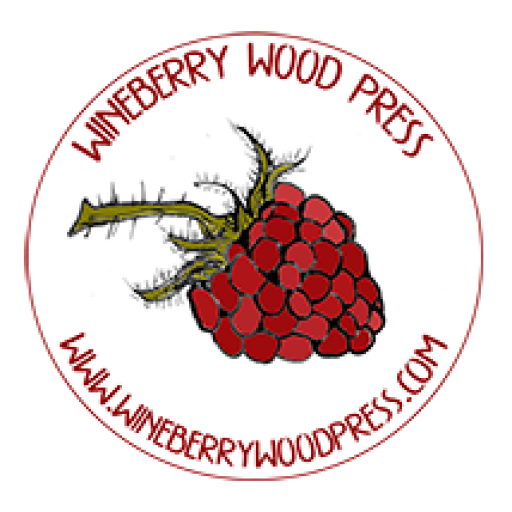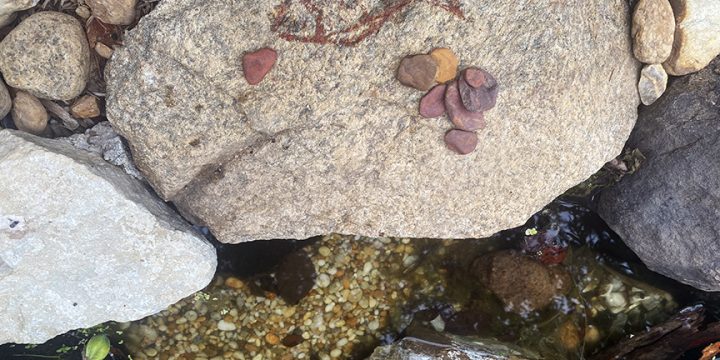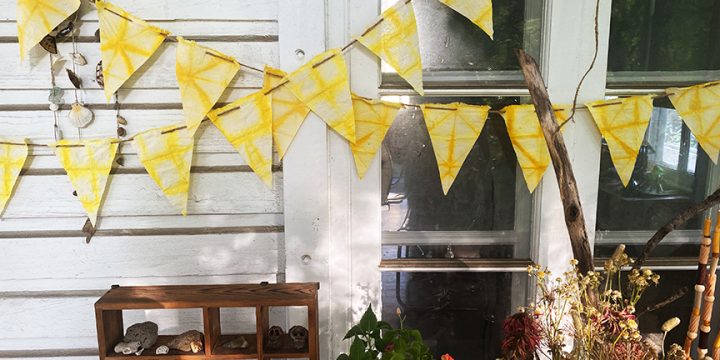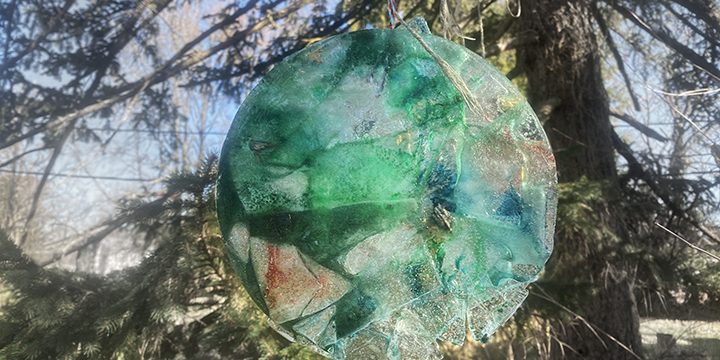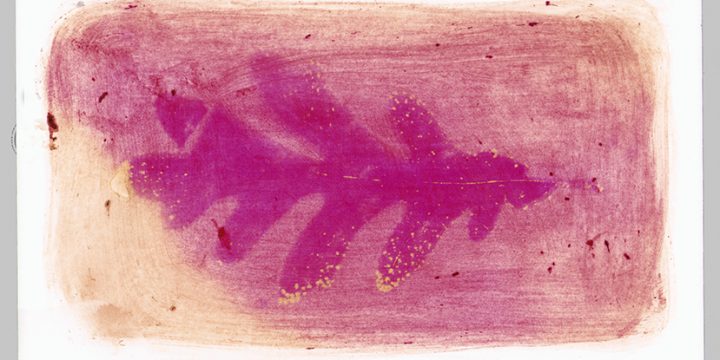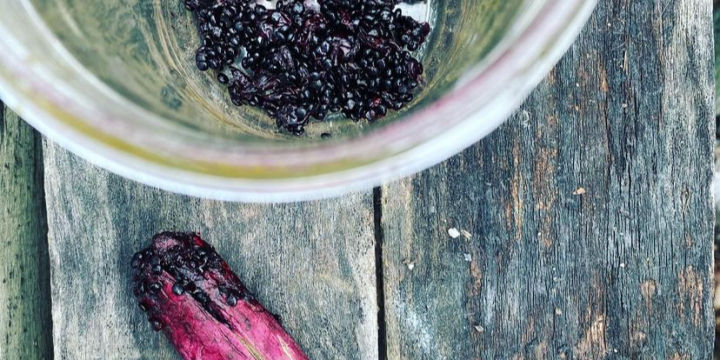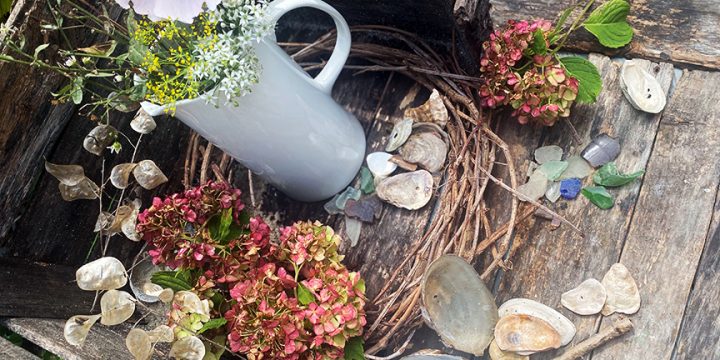
Summer Stream Craftbrunch
Craft Project, craftbrunch, Hike Ideas, Nature Art, Nature Art Materials, Nature Collection, Play, Recipes, Summer, Summer Solstice
Summer is miserably hot and swampy where I live and sometimes we struggle to get outside as much as we do the rest of the year. It’s theoretically a slower time of year, but it never feels that way to me. One minute the whole summer stretches in front of you and then suddenly it’s September. I started hosting “craftbrunches” years ago to slow down and connect with friends and family. The premise is simple, everyone brings a simple dish and works on a seasonal craft together while laughing and gossiping. It’s an afternoon event which feels easier to schedule between clubs, camps, and soccer games. Including a simple kids craft keeps the littles occupied while the grownups catch up. A Summer Solstice craftbrunch is a perfect respite from…
